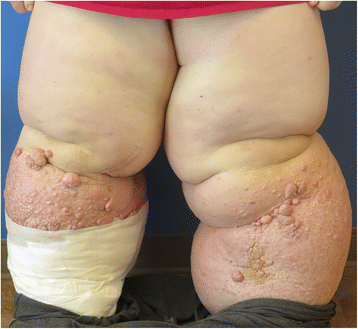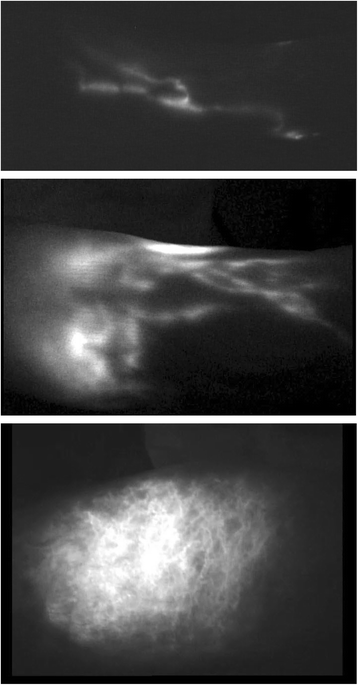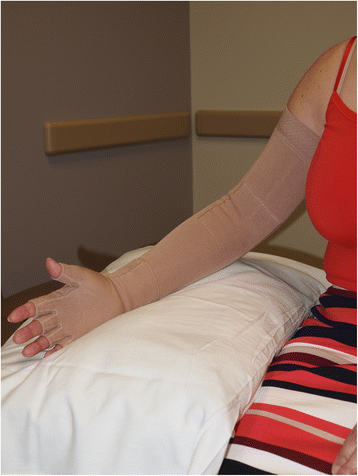A comprehensive overview on the surgical management of secondary lymphedema of the upper and lower extremities related to prior oncologic therapies
- PMID: 28679373
- PMCID: PMC5497342
- DOI: 10.1186/s12885-017-3444-9
A comprehensive overview on the surgical management of secondary lymphedema of the upper and lower extremities related to prior oncologic therapies
Abstract
Secondary lymphedema of the upper and lower extremities related to prior oncologic therapies, including cancer surgeries, radiation therapy, and chemotherapy, is a major cause of long-term morbidity in cancer patients. For the upper extremities, it is most commonly associated with prior oncologic therapies for breast cancer, while for the lower extremities, it is most commonly associated with oncologic therapies for gynecologic cancers, urologic cancers, melanoma, and lymphoma. Both non-surgical and surgical management strategies have been developed and utilized, with the primary goal of all management strategies being volume reduction of the affected extremity, improvement in patient symptomology, and the reduction/elimination of resultant extremity-related morbidities, including recurrent infections. Surgical management strategies include: (i) ablative surgical methods (i.e., Charles procedure, suction-assisted lipectomy/liposuction) and (ii) physiologic surgical methods (i.e., lymphaticolymphatic bypass, lymphaticovenular anastomosis, vascularized lymph node transfer, vascularized omental flap transfer). While these surgical management strategies can result in dramatic improvement in extremity-related symptomology and improve quality of life for these cancer patients, many formidable challenges remain for successful management of secondary lymphedema. It is hopeful that ongoing clinical research efforts will ultimately lead to more complete and sustainable treatment strategies and perhaps a cure for secondary lymphedema and its devastating resultant morbidities.
Keywords: Lymphaticovenular bypass; Lymphedema; Lymphogram; Vascularized lymph node transfer; complete decongestive therapy.
Conflict of interest statement
Ethics approval and consent to participate
Not applicable.
Consent for publication
All patient photographs are de-identified. We have obtained patient consent to publish all patient photographs.
Competing interests
SPP is the Section Editor for the Surgical Oncology, Cancer Imaging, and Interventional Therapeutics Section of BMC Cancer.
The authors declare that they have no competing interests.
Publisher’s Note
Springer Nature remains neutral with regard to jurisdictional claims in published maps and institutional affiliations.
Figures













References
-
- PDQ Supportive and Palliative Care Editorial Board . Lymphedema (PDQ®): Health Professional Version. 2015 Jul 17. PDQ Cancer Information Summaries [Internet] Bethesda: National Cancer Institute (US); 2002. - PubMed
-
- Szuba A, Shin WS, Strauss HW, Rockson S. The third circulation: radionuclide lymphoscintigraphy in the evaluation of lymphedema. J Nucl Med. 2003;44(1):43–57. - PubMed
Publication types
MeSH terms
LinkOut - more resources
Full Text Sources
Other Literature Sources
Medical

